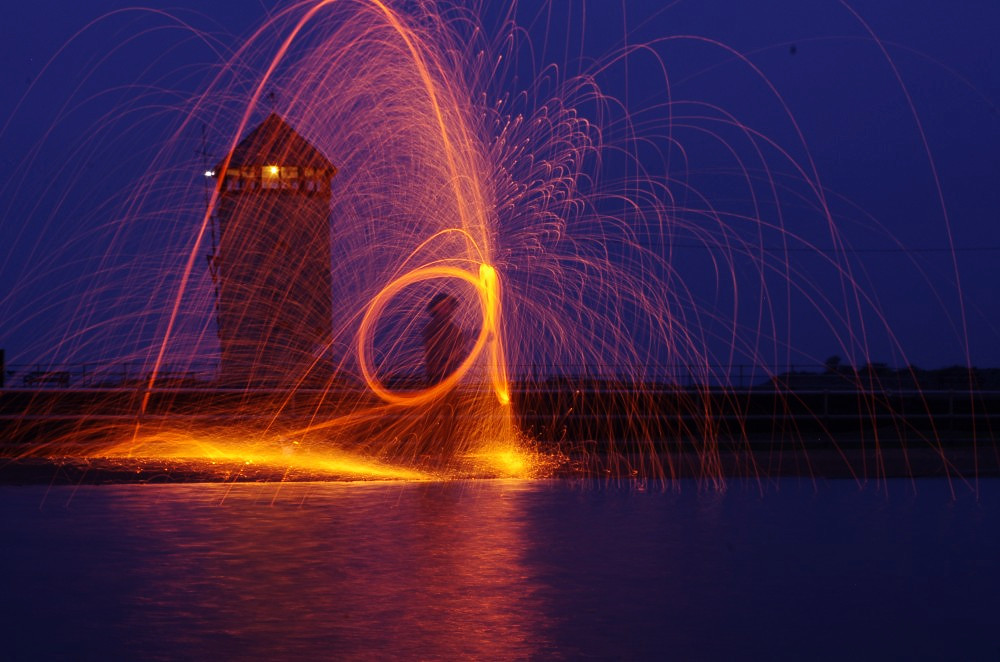My color photo processing is simple, for film it comes back from the developer on a disk or electronically and is transferred to the computer. For digital it is transferred to my computer from the camera. I copy those photos I want printed to a thumb drive and pick up a Walgreens photo sale flier, to get 4x6 prints for 39 cents each.
My wife on the other hand, rarely reviews her photos, she just takes the SD card to Walgreens. At Christmas she had about $20.00 worth of 39 cent 4x6 family snapshots.

The grandkids are even smarter, they cull the pictures on their phone or camera them send them by email them to the photo printed at Walmart. They pick them up on their next trip to town.
Black an white was been my issue. I can have a great Black and White photo on the computer screen, but when processed by a photo lab it will come back as a shade of black and a shade of white. I finally realized that I was comparing the reflected light from a photograph, to the back lit brightness of the computer monitor; definitely an apples to oranges situation. I will still do some dark room work, but it is mostly with my 4x5 view camera.
The grandkids are even smarter, they cull the pictures on their phone or camera them send them by email them to the photo printed at Walmart. They pick them up on their next trip to town.


 On the other hand, a jug is just a jug, until it gets transformed into a form that's more than purely functional. Then it becomes art as a form of personal creation.
On the other hand, a jug is just a jug, until it gets transformed into a form that's more than purely functional. Then it becomes art as a form of personal creation.


![[No title]](/data/xfmg/thumbnail/34/34117-1b7262554b31c443fa8f93830807c578.jpg?1734164581)








